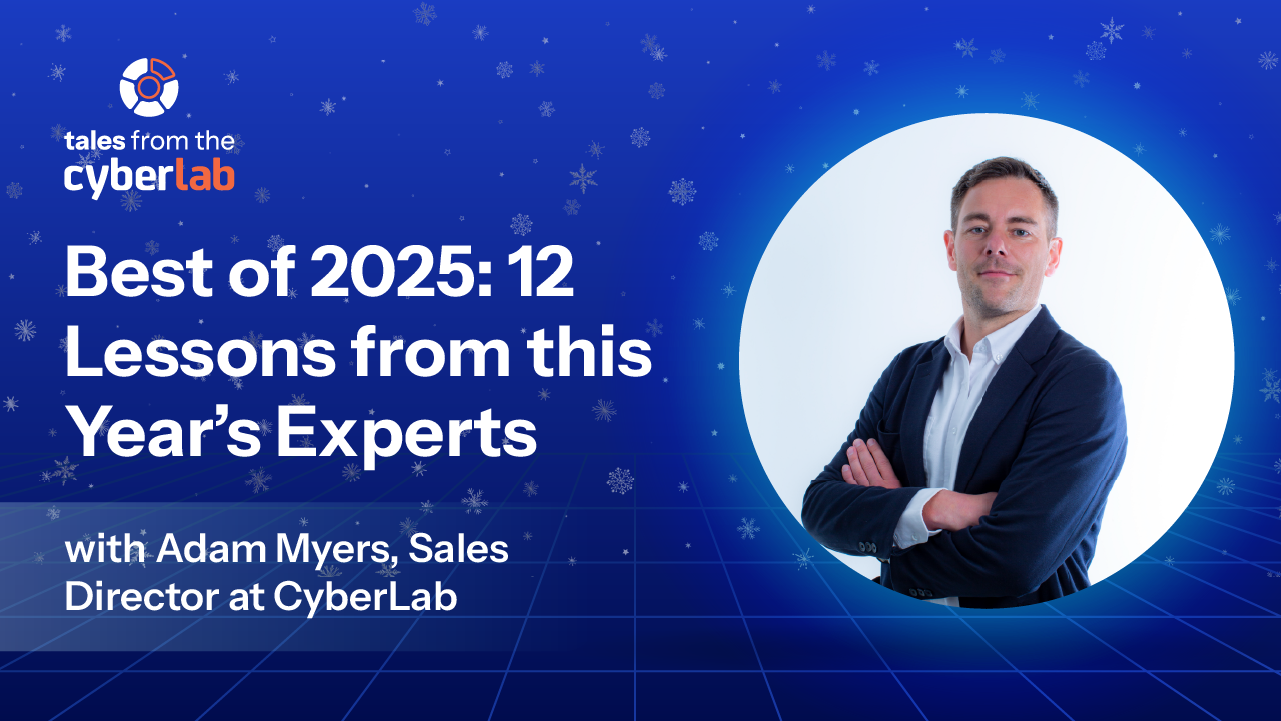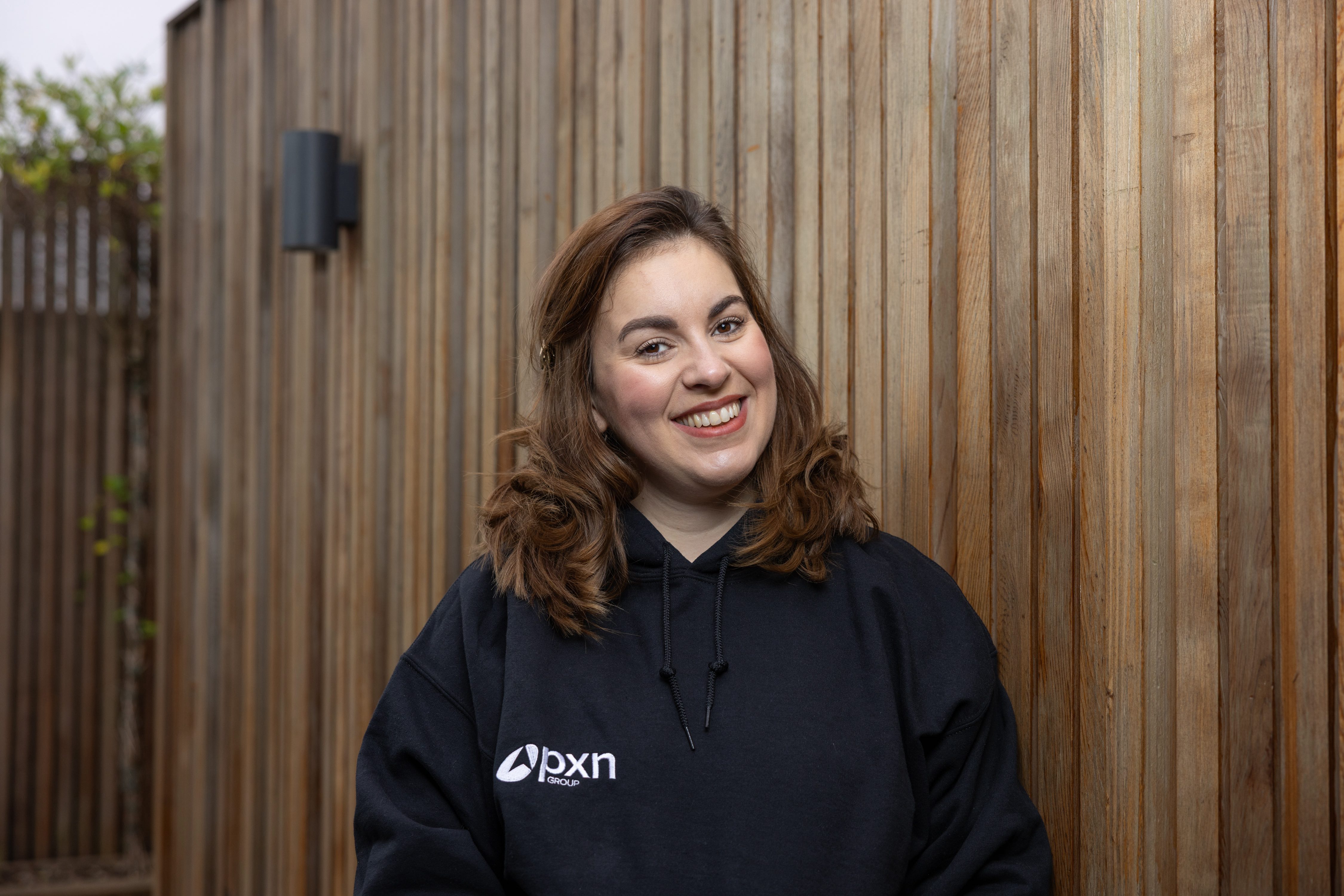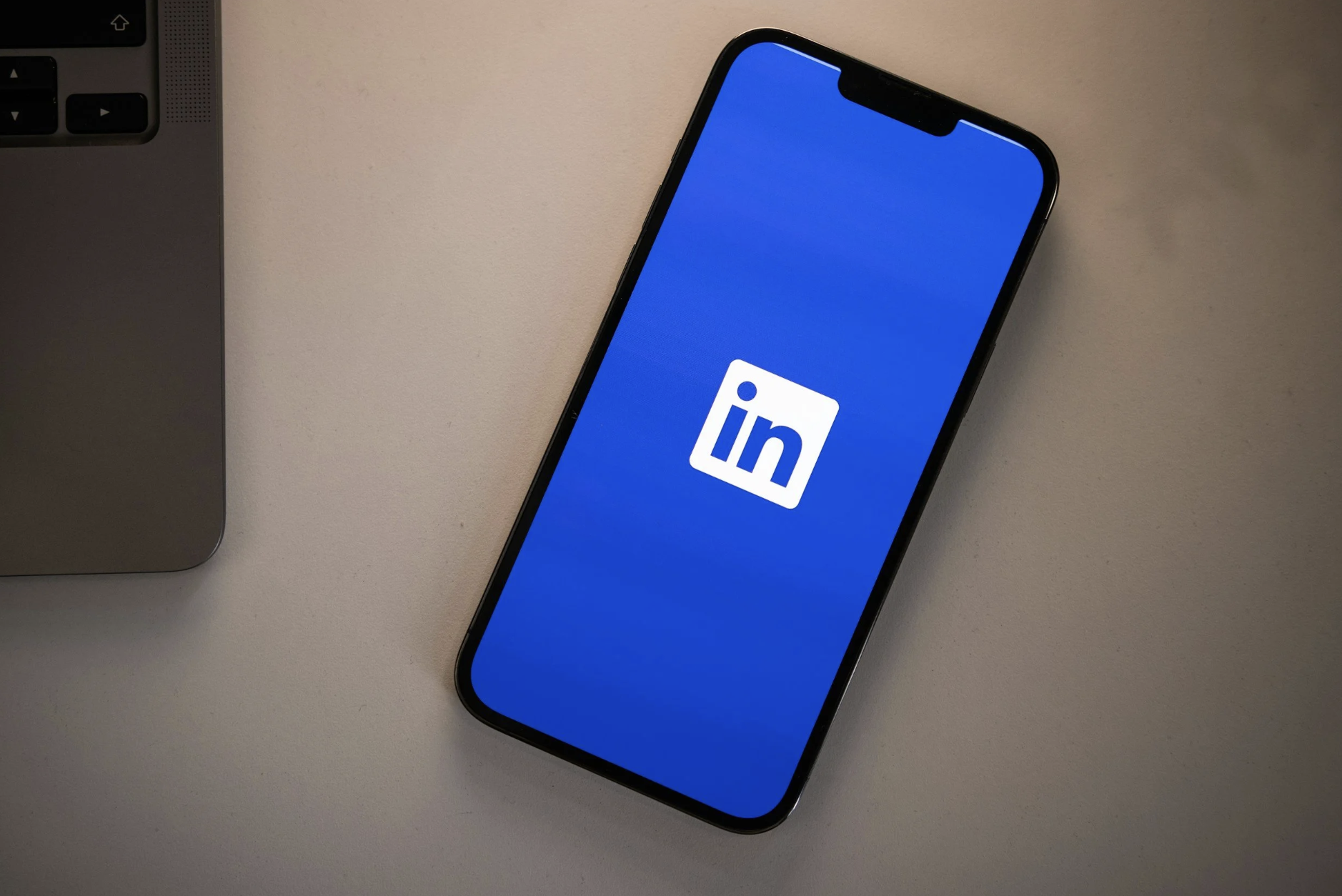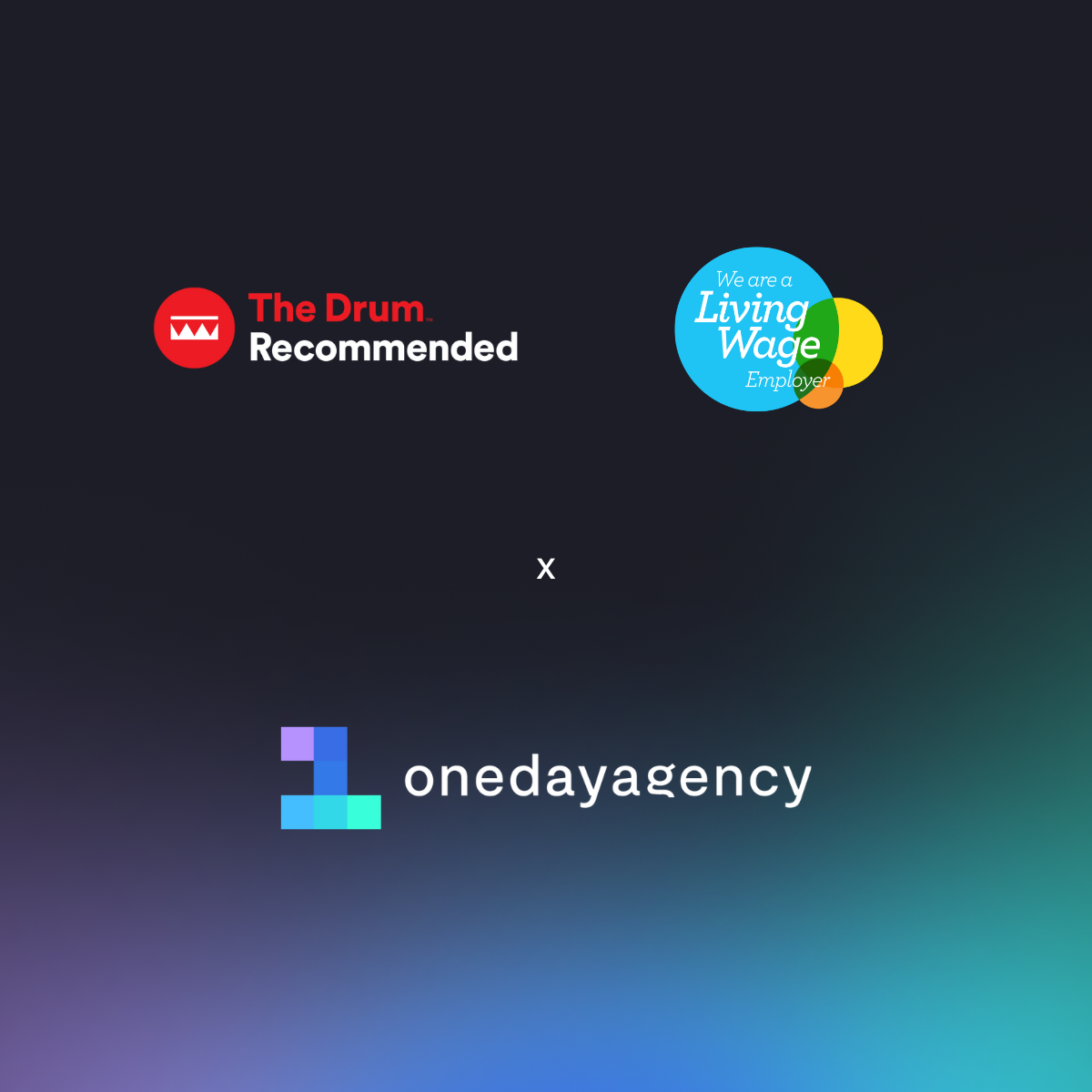Can you explain how the platform's AI-assisted features, like rewriting user stories and acceptance criteria, can help startup founders improve their development processes?
Most founders aren’t technical - but they’re still expected to write user stories, brief developers, and make big decisions about architecture, tooling, and timelines. That’s risky, especially when there’s no senior tech lead in the room to challenge assumptions or sense-check advice.
That’s where CTO in Your Pocket steps in.
At a tactical level, the platform uses AI to rewrite messy user stories and acceptance criteria into clean, well-structured tickets. You drop in your rough notes or feature ideas, and the AI turns them into sprint-ready content that developers can action straight away. No more vague Jira tickets. No more “we thought you meant this” moments.
But more importantly - it acts as your virtual CTO, helping you validate and question what you're being told. It does not replace a CTO but fills the gap where you need access to advice but aren’t able to speak with a CTO.
It gives you a second opinion. Not just on stories - but on strategy, architecture, risk, hiring, and tooling. That means fewer blind spots, more confident decisions, and a better handle on delivery without needing to become technical yourself.
It’s not just about writing better tickets - it’s about thinking like a CTO, even if you don’t have one yet.
How does the platform's integration with tools like JIRA allow young CTOs to better manage and track their team's work?
JIRA can be a great tool for managing development - but only if the inputs are clean. Most early-stage teams struggle here. User stories are vague, acceptance criteria are missing, and everyone’s interpreting tickets differently. That creates confusion, slows delivery, and makes it nearly impossible to trust the data coming out of JIRA.
That’s where CTO in Your Pocket comes in.
The platform doesn’t replace JIRA - it makes what you put into JIRA better. It helps founders and young CTOs:
- Rewrite user stories using best-practice formats, so developers get clear instructions they can act on.
- Add structured acceptance criteria, making it obvious what “done” looks like before work even starts.
- Spot ambiguity or gaps in your requirements, reducing back-and-forth and rework during sprints.
- Help breakdown big tickets into more manageable chunks.
With these improvements, your team still uses JIRA - but the quality of each ticket improves dramatically. That means less time spent explaining things in Slack, fewer misaligned expectations, and clearer burndown and sprint progress.
In short, it helps founders and early CTOs turn JIRA from a chaotic backlog into a reliable delivery tool—without needing to hire a delivery manager or learn agile frameworks from scratch.
What kind of reporting and analytics does the platform provide to help startups understand their development team's productivity and identify areas for improvement?
In early-stage teams, it's easy to feel like delivery is slipping - but hard to prove it. Tools like JIRA have all the data, but without structure and context, it’s just noise. That’s where CTO in Your Pocket steps in with focused, practical reporting that highlights issues founders and young CTOs actually need to act on.
In the current beta, the platform provides clear, weekly insights including:
- Tickets with no worklogs – showing where effort isn’t being tracked at all.
- Tickets with no estimates – a common red flag for poor planning.
- Over 25% and 50% of time estimated used – helping you spot when delivery is off-track or underestimated.
- Weekly story points completed – to monitor velocity over time.
- Weekly worklogs – total hours utilised each week.
- Issues marked done – a simple but vital view of actual output.
These reports are designed to give founders just enough visibility to spot delivery gaps, guide conversations with their team, and course-correct early - without needing to be technical or wade through JIRA dashboards.
⚠️ Important to know: These insights depend on how consistently your team uses JIRA (e.g. logging time, estimating stories). The platform helps by encouraging best practices, but full value comes when those habits are in place.
More advanced reporting features are in the pipeline as the platform matures - but even in beta, these metrics give early-stage teams a head start in running development with clarity and control.
Access to the JIRA integration for reports will be restricted to current clients.
In what ways can the educational content and resources on the platform benefit first-time or inexperienced CTOs who are new to their roles?
Stepping into a CTO role for the first time—especially in a startup—is daunting. You’re expected to make architectural decisions, manage developers, define roadmaps, assess risks, and somehow keep everything aligned with the business strategy. And if you’ve never done it before, the learning curve is steep.
That’s why CTO in Your Pocket acts not just as a delivery tool, but as a coach and mentor.
When a founder or first-time CTO asks a question—whether it’s about hiring, security, architecture, or agile delivery—the platform doesn’t just give an answer. It surfaces relevant processes, standards, templates, and best practices that experienced CTOs rely on in real life.
Examples include:
- Frameworks for evaluating risk and technical debt
- Guidance on structuring sprints and delivery cadences
- Job description templates for technical hires
- Processes for internal QA or PRD reviews
- Standard documentation for security, scalability, or IP awareness
This means you’re not just getting advice - you’re getting contextual, just-in-time learning that helps you build good habits from day one.
It’s the kind of support most first-time CTOs wish they had—now available on demand, whenever you need it.
How does the platform's flexible subscription model, including the option for discounted access through Manchester Digital, make high-quality CTO support more accessible for early-stage startups?
One of the biggest blockers for early-stage startups accessing senior tech support is cost. Hiring a full-time CTO is out of reach for most, and even fractional CTOs can feel expensive when you’re pre-seed or bootstrapped.
That’s why CTO in Your Pocket is built with flexibility - and accessibility - at its core.
Right now, the platform is in free beta, giving early adopters full access to its core features: AI-assisted delivery tools, CTO-level decision support, and contextual learning resources. It’s a no-risk way to strengthen your tech leadership without adding headcount.
And for those joining the beta via Manchester Digital, there’s a longer-term benefit:
You’ll be eligible for a lifetime discounted subscription once the platform moves out of beta—subject to terms and conditions. That gives startups a sustainable way to retain ongoing CTO-level support at a fraction of the cost of hiring or consulting.
What inspired you to develop the CTO in Your Pocket platform, and how does your own background and experience as a fractional CTO inform the platform's capabilities and approach?
The idea for CTO in Your Pocket came from years of watching early-stage founders make the same avoidable mistakes—usually because they didn’t have access to senior technical support when it mattered most.
As a fractional CTO, I’ve been brought in to fix messy delivery pipelines, rescue failing MVPs, audit questionable vendor decisions, or rebuild trust between technical teams and leadership. In nearly every case, the core issue wasn’t capability—it was clarity. Founders weren’t getting the right advice early enough. They didn’t know what “good” looked like from a CTO, because they’d never worked with one.
I kept thinking: what if founders could get that kind of support before things went sideways?
CTO in Your Pocket was built to answer that. It’s a way to give startups instant access to senior-level technical thinking—whether that’s rewriting user stories, reviewing risk, assessing dev output, or simply validating whether the advice they’re getting actually makes sense.
Everything in the platform is shaped by real-world experience:
- The AI doesn’t just rewrite tickets - it flags ambiguity like I would in a planning session.
- The reports don’t just show metrics - they highlight patterns I’ve learned to spot when delivery is going off-track.
- The guidance isn’t theoretical - it’s what I’ve used to coach real founders through funding rounds, rebuilds, and hiring decisions.
The aim is to now scale that support to make it available to anyone who needs it.








